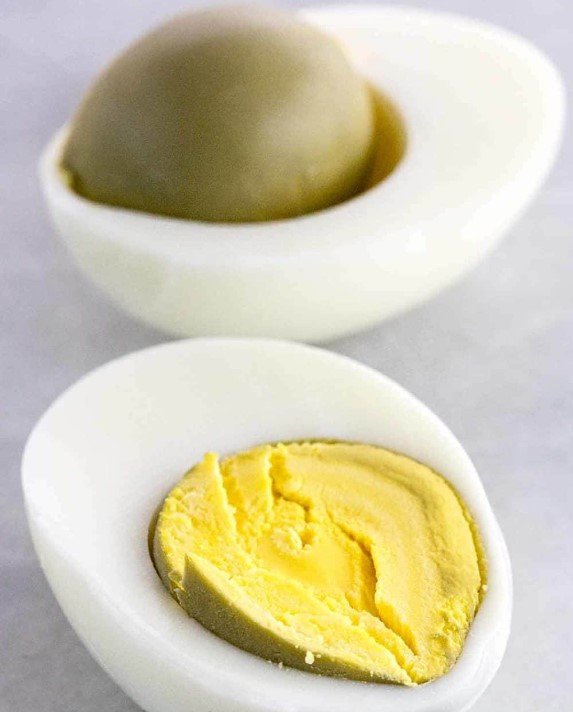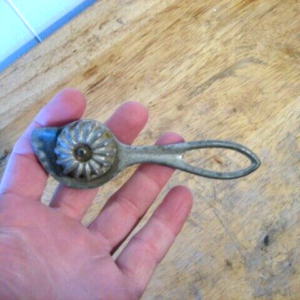Have you ever cracked open a hard-boiled egg, only to find that the yolk has taken on a mysterious greenish hue? Don’t fret – you’re not alone in this culinary conundrum. Let’s delve into the fascinating world of green egg yolks, explore their safety and taste, and learn how to prevent them from happening.
The Green Yolk Mystery
So, why do your once sunny yellow egg yolks sometimes turn a shade that’s more reminiscent of a leprechaun’s favorite color? The answer is all about the way you cook those eggs. You see, the culprit behind this intriguing transformation is none other than heat – more specifically, eggs being cooked for too long and/or at too high a temperature.
The Chemistry Behind the Color
The science behind the green yolk phenomenon is pretty cool. The egg white contains sulfur compounds, and when exposed to high heat, these compounds can react with the iron present in the yolk. This reaction results in the formation of a compound known as ferrous sulfide, which is responsible for the green color. Interestingly, this same reaction can also give a slightly greenish tint to scrambled eggs and omelets if they’re cooked too aggressively.
Are They Safe to Eat?
Here’s the reassuring news: even though green yolks might not look appetizing, they are safe to eat. Yep, you heard that right! While the color might not be the most appealing sight on your breakfast plate, it’s not an indication that your eggs have gone bad or turned toxic.

Now that we know green yolks are harmless, how can we avoid them? It’s all about finding that sweet spot when cooking your eggs. To ensure your yolks stay golden and vibrant, follow these steps:
Timing Matters: Don’t overcook your eggs. If you’re boiling them, let them simmer gently instead of boiling them vigorously. Overcooking increases the likelihood of green yolks.
Chill Out: After boiling, immediately transfer your eggs to an ice bath to stop the cooking process. This helps prevent overcooking and minimizes the chance of green yolks.
Handle with Care: Avoid cooking eggs at excessively high temperatures. Slow and steady wins the race here.
The Ideal Yolk Color
Okay, so we’ve tackled the green yolk situation, but what color should a hard-boiled egg yolk actually be? Ideally, it should have a rich, sunny yellow hue. This color indicates a perfectly cooked egg with a yolk that’s both visually appealing and deliciously flavorful.
Creative Uses for Green-Yolked Eggs
Now, what can you do if you find yourself with green-yolked eggs? Well, don’t be disheartened – there’s a silver lining! Here’s a quirky idea: why not turn those green yolks into a fun foodie experiment? If you’re an avocado toast lover, you can play a little trick on your taste buds. Simply mash up those green-yolked eggs and spread them on your toast alongside some creamy avocado. The vibrant green of the avocado will cleverly camouflage the green yolks, giving you a surprising and delicious twist on your usual morning routine.



